Are you looking for a space-saving solution that is both functional and aesthetically pleasing to your home decor? If so, the Murphy Door bookcase may be the perfect solution for you. This innovative door system utilizes one’s wall space to create extra storage and display solutions in addition to adding an elegant look. Not only does it allow unobstructed access and visual appeal, but it also gives personalized flexibility as every piece can be customized with color, material, and handle options. Continue reading this post to find out more about Murphy Doors bookcases!
So whether you’re a James Bond fan looking to build your own secret cave or simply seeking a functional and stylish solution for tricky design situations in your home, the Murphy Door bookcase is the ideal choice. Let’s explore the possibilities and unlock the hidden potential of your living space together.
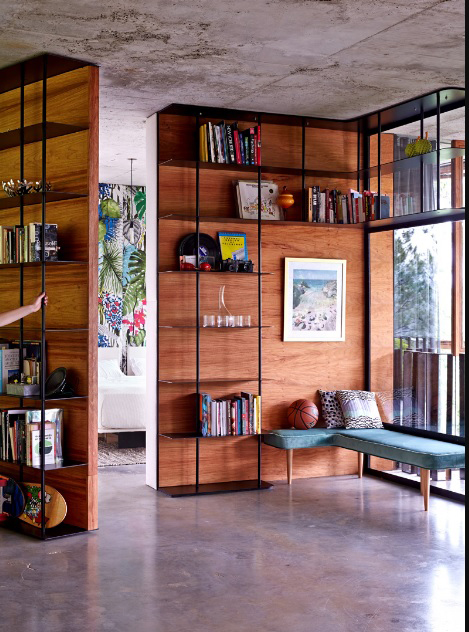
The Murphy Door Bookcase is a bookcase that also functions as a door, blending in with the rest of the decor while concealing a secret passage or storage space. It’s the ideal way to add elegance, functionality, and a hint of mystery to any room in your house.
But why is it so important to use a Murphy Door Bookcase? For starters, it allows you to maximize your space, which is especially useful in rooms with too many doors or awkward layouts. It also adds a distinct element of surprise and excitement to your home, distinguishing it from the competition. Not to mention the added security and privacy benefits of a hidden door or storage space.
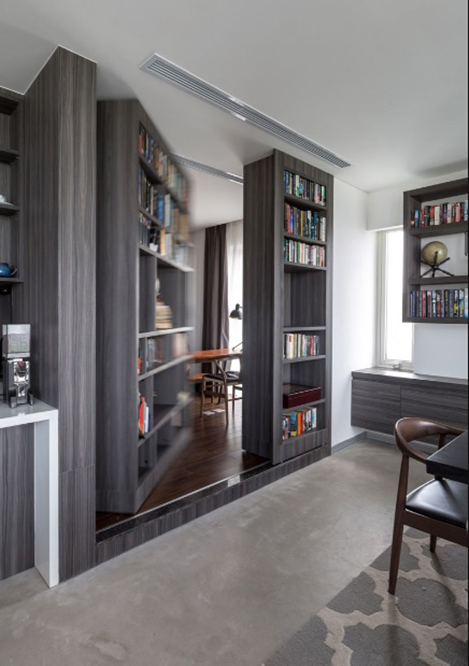
In this article with Impeccable Nest, we’ll delve deeper into the Murphy Door Bookcase’s numerous applications and advantages. We’ll look at how this design trend can transform any space in your home, from adding elegance to your dining room to hiding your laundry baskets in plain sight.
Origin of Murphy Door Bookcase
The Murphy Door Bookcase is currently popular, but it has a long history dating back over a century. It all began in the early 1900s with William L. Murphy, who lived in a small apartment in San Francisco. Frustrated by a lack of space, he invented the first Murphy Bed, which folded into a cabinet when not in use, freeing up valuable floor space. The Murphy Door Bookcase was inspired by this revolutionary invention.
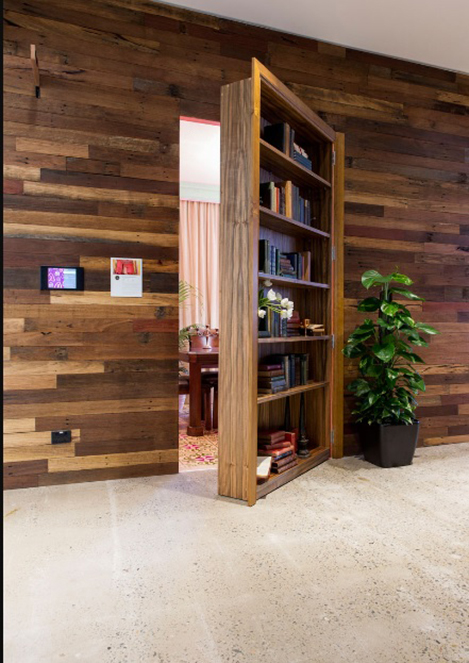
The Murphy Door Bookcase evolved alongside people’s lifestyles and living spaces over time. Its humble beginnings as a simple wooden bookcase with a hidden door have evolved into a sophisticated piece of furniture that blends in with the decor of any room.
Advantages of Murphy Door Bookcase
Space-saving solution
The Murphy Door Bookcase is an ideal space-saving solution for small apartments or homes with limited square footage. You can save valuable floor space by incorporating the door into a bookcase, making your room feel more spacious and less cluttered.
Concealed storage
You can keep your valuables out of sight and out of mind by using a hidden door. Whether you want to conceal your home office equipment or simply store some extra blankets, the Murphy Door Bookcase is the ideal solution.
Enhanced security
By concealing your front door, you can add an extra layer of security to your home. Intruders will be unable to locate your door, which can be locked for added security.
Aesthetic appeal
The Murphy Door Bookcase is also visually appealing. You can choose a design that complements your existing decor with its customizable options, adding a touch of elegance and sophistication to your home.
Customization options
You can select from a variety of materials, finishes, and designs to create a one-of-a-kind piece of furniture.
Versatility
The Murphy Door Bookcase is suitable for a variety of settings, including bedrooms, living rooms, and even home offices. Its ability to blend in with any decor makes it an excellent choice for anyone looking to add both style and functionality to their home.
How to Choose a Murphy Door Bookcase
There are various types of Murphy door bookcases available today, each with its own set of features and benefits. Some are designed to look like standard bookcases, while others can be customized to match your existing decor. When selecting a Murphy Door Bookcase, you should consider the type of hinge, the size and style of the bookcase, the materials used, and the installation process. These elements will have an impact on the functionality, durability, and overall appearance of your Murphy Door Bookcase. First, decide what the door will be used for and where it will be installed. This will assist you in determining the type of door that will best meet your requirements:
- Types of Murphy Door Bookcases: single bookcase doors, French bookcase doors, and double bookcase doors. Each type of door has different advantages and can be customized to meet your specific requirements.
- Size and style: You want to make sure the door fits in with your existing decor and complements it. Fortunately, Murphy Door Bookcases are available in a variety of styles and finishes to complement any decor.
- Materials: Murphy Door Bookcases are typically constructed of wood, with options ranging from pine to mahogany. To ensure that your door lasts for many years, consider the durability and quality of the materials used.
How to Build a Murphy Door: A Step-by-Step Guide
Understanding Measurements and Dimensions for DIY Murphy Door Construction
A solid understanding of measurements and dimensions is essential when embarking on any DIY Murphy Door construction project. Without them, you won’t be able to ensure that your door properly fits its opening. The following article will provide an overview of the significance of accurate measurements and the factors to consider when determining the appropriate size for your door.
The height and width are the most basic measurements needed for a successful Murphy Door construction. These two measurements must be exact in order for the door to fit securely in the frame and function properly. In addition to these measurements, take into account the architrave surrounding the doorframe and the clearance space around the edge of the door. This helps to avoid collisions and misaligned doors. It also provides adequate ventilation while keeping draughts out of the gaps around your door.
There may be additional considerations for those building a folding Murphy Door that folds out at large angles, such as how much room is required beyond the folded edge so that it can open fully without hitting obstructions or furniture. You can plan accordingly if you have a clear idea of where your furniture and other objects will go in relation to your opening ahead of time.
Thickness is an important dimension to consider when building a Murphy door. Traditional doors typically have hinges mounted on their lengthwise sides, but for hinges that revolve rather than swing, such as those used for pocket doors or sliding doors, thicker materials may be required in order to provide adequate support. uPVC frames are typically 4 cm wider than wooden frames, necessitating the use of thicker products when working with this material.
By following these simple steps and taking accurate measurements when building your DIY Murphy Door projects, you can ensure that they fit perfectly within the specified opening area without being too wide or too narrow, provide necessary ventilation without causing unwanted draughts, and accommodate any difficult orientations associated with folding designs without compromising insulation or sturdiness. Understanding measurements and dimensions is critical to the success of any Murphy door project!
There are many unique types of Murphy Doors that can add sophistication and allure to any room in your home.
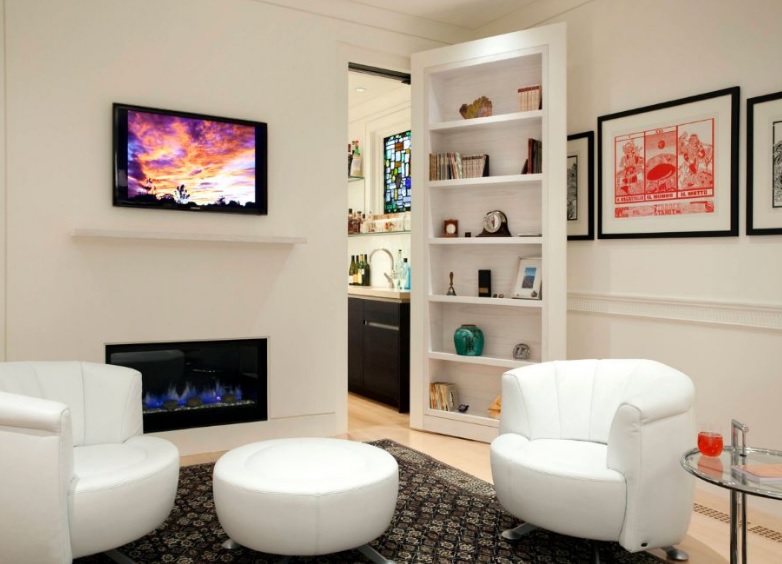
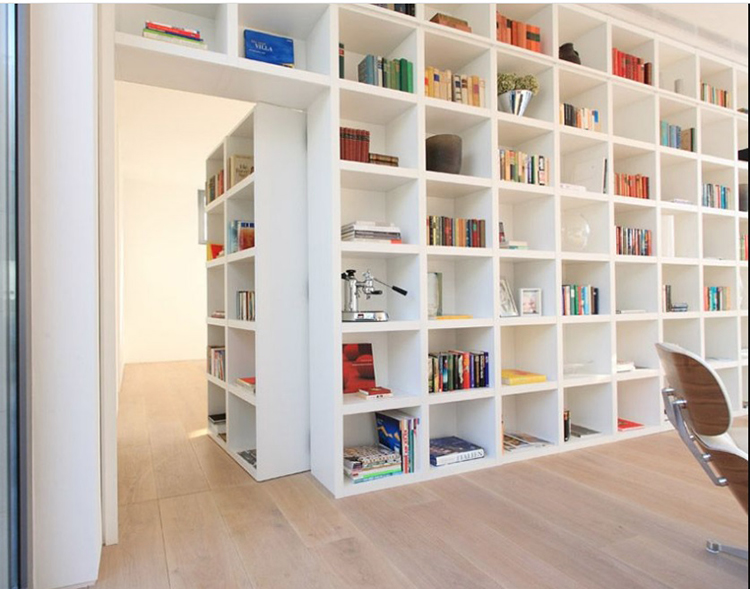

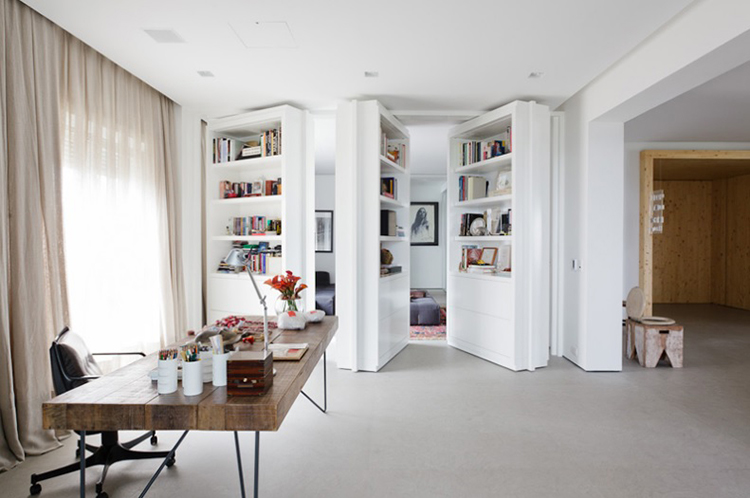
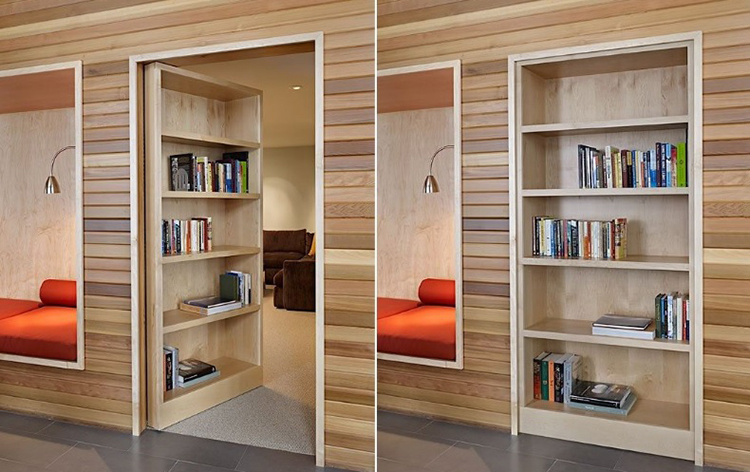

We’re Emma Carole Paradis and Kimberly Carole, the owners and designers of Impeccable Nest, based in Bedford, New Hampshire. A mother-daughter team with a love of design. Originally from Manhattan Beach, California, now based in Bedford, New Hampshire, we bring a Southern California cool and New England tradition to our design. Not only do we work together…we also live together in a multi-generational home…and a home that they are known to design for others.
